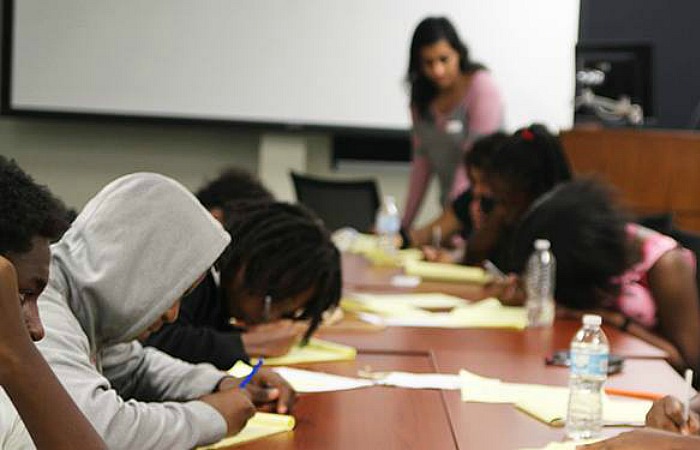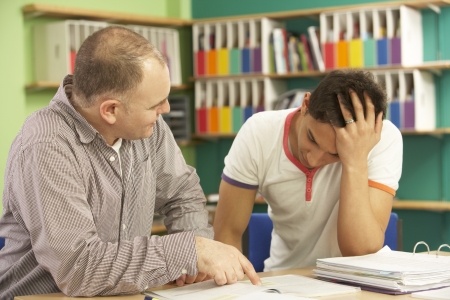Students At Risk: Supporting Pupils In The Classroom Environment

Teaching at risk students can be challenging. However, students who are at risk of not doing well in school can benefit from committed teachers and administrators who are able to assess them accordingly and offer the appropriate services and support.
Who Are At Risk Students?
There is no common definition of at risk students that is used across the country or even within the school districts of a given state and, perhaps, it is a positive thing to leave this definition as a fluid and expandable concept. Generally, at risk students are those who are at risk of doing poorly academically or getting into trouble that could affect their academic careers and their futures.
It makes sense to define this segment of the student population broadly so that no student who might possibly fit within it is left out due to an unnecessarily strict interpretation of who should benefit from services for at risk youth.
Why Should Districts Pay Special Attention to At Risk Students?

Students who are at risk are often the ones for whom educators can do the most good. Sometimes, but not always, these students are in families where for many valid reasons, the parents cannot closely oversee their children’s education. If these students do not succeed the parents, the school and society at large all stand to suffer.
The student may end up dropping out of school and living in poverty. The school may find that it has low standardized assessment scores when the at risk students are included in the assessments that are required by No Child Left Behind.
If the students fail and end up needing government assistance or worse committing a crime and going to jail, then it is society as a whole that suffers.
It is for these reasons that there is an increasing movement in the United States to identify and help at risk students. In the past, school districts have relied on ability groupings, grade retentions, special education and remedial pull out services to help at risk youth. However, those programs are not always successful.
Many students do a lot better when their differences are embraced and their strengths are emphasized in the school setting. Varied teaching strategies and collaborative classrooms can go a long way to making at risk students feel like they are a part of the community and help them reach their individual potential.
What Services Are Available for Teaching At Risk Students?

There are many different types of services available for at risk students. One of the most effective ways to provide services to students is to involve their families. Most children are only in school for part of the day on 180 days a year.Therefore, it is essential for their parents and other caregivers to be reinforcing their education at home.
This can be accomplished by welcoming parents into the school. That may mean having multiple dates and times when it comes to things such as Back to School Night so that parents with different work schedules can be accommodated.
It may mean allowing younger siblings to accompany parents when they volunteer in the school. Or it may mean offering basic remedial classes in English and Maths for parents so that parents can help their children learn at home.
Other services focus more on the children themselves. They may involve providing free breakfasts to children in the morning so that children are able to learn during the school day without being distracted or weakened by hunger.
It may mean having special social skills groups so that students can become a part of the school community and bond with other students. Smaller learning communities can also benefit these students who often thrive with more direct adult attention than a teacher can provide in a typical classroom.
High school students may need additional services as they approach the age where they can legally drop out of school. In order to prevent this, they may need more incentives and initiatives to keep them in school.
Investing in at risk students is investing in excellence. Many of these students have the natural abilities and the desire to finish their education and to become productive members of society. Many school districts recognize the simple fact that these students deserve an excellent education and make every effort to provide it by teaching at risk students to the best of their abilities.
